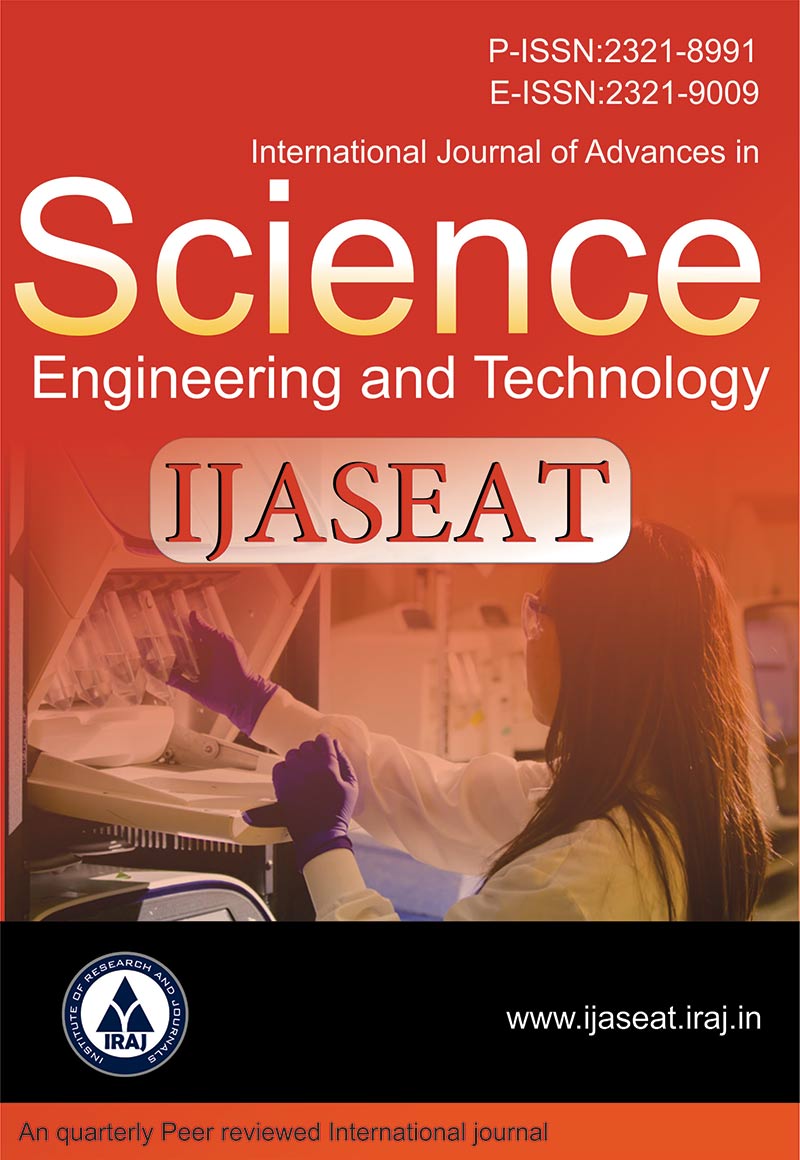Publish In |
International Journal of Advances in Science, Engineering and Technology(IJASEAT)-IJASEAT |
 Journal Home Volume Issue |
||||||||
Issue |
Volume-4,Issue-2, Spl. Iss-2 ( May, 2016 ) | |||||||||
Paper Title |
Seamless Coupled Breathable Nanocomposite Janus Fabric By Electro Spinning | |||||||||
Author Name |
Mamta Dhanshetty, Balasubramanian K. | |||||||||
Affilition |
Department of Materials Engineering, Defence Institute of Advance Technology, Girinagar, Pune, 411025, India | |||||||||
Pages |
65-70 | |||||||||
Abstract |
An anisotropic surface wettability constituted substrates could vouchsafe the diverse intrigue applications from fluid management, smart textures, flowing control & water harvesting devices, self cleaning textiles to moisture management systems; in essence, a “Janus fabric” elucidated herein for unidirectional water transportation and breathability of the structure. Dual phase Janus fabric composite comprises, hydrophobic phase (CA 99.7º ± 1.7º) of Nylon-6/TiO2 nanofibrous nonwoven mat and hydrophilic phase (CA 30.86º ± 1.5º) of cotton fabric. Heterogeneous wettability is designed by the deposition of Nylon-6/TiO2 nano fibrous membrane on the cellulosic fabric by electrostatic jetting. Spinning solution concentration, voltage & flow rate of electrospinning were variegated to optimize the efficacy of nanofibres. The nanofibres about 150-200nm diameter strewed on cellulosic substrate, were scrutinized in FESEM. Pristine & modified fabrics were characterized by HR-TEM & FTIR spectroscopy followed by water contact angle perusal. The nanofibrous coated facet of the cellulosic fabric reveals coherent hydrophobic wettability, at the same time the opposite hydrophilic facet of cotton conserves its superior moisture engrossing potential (7.4%). Compared to the pristine one, the fabric with hydrophobic face also shows significant air permeability which corroborated breathability of the substrate. Porous nanofibrous structured Nylon-6/TiO2 hydrophobic face permits water percolation across the fabric thickness, but when water droplets exposed to the reverse cellulosic phase, it does not exhibited the identical phenomenon. Instead of penetration, it spreading of water on the hydrophilic surface was observed. Special wettability incorporated functional surfaces are implicated in various researches, These substrates may offers many fascinating applications like smart textures, flowing control & water harvesting devices, self cleaning textiles. Keywords— Electrospinning, Nylon 6, Janus fabric, Nonwoven, Air permeability. | |||||||||
| View Paper | ||||||||||